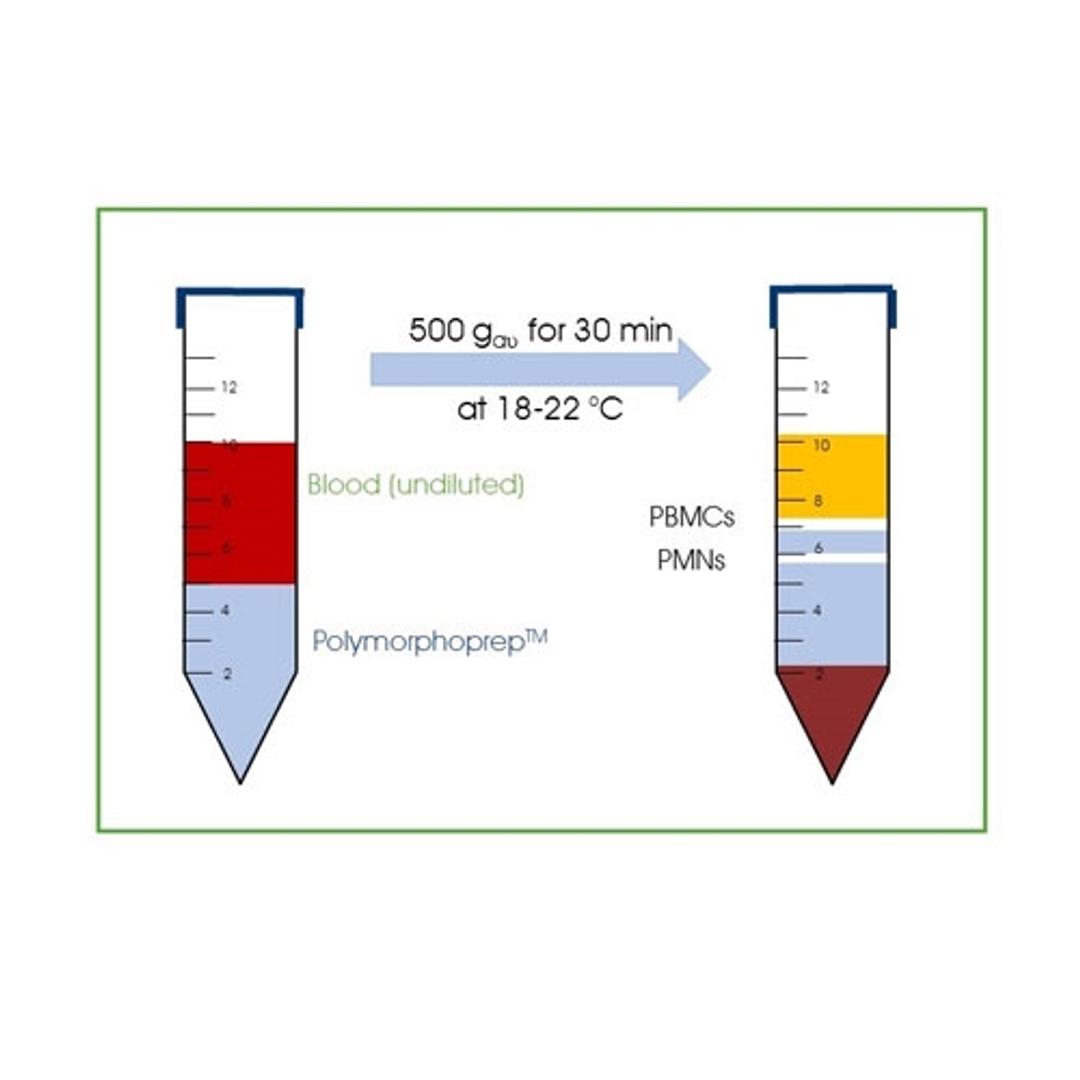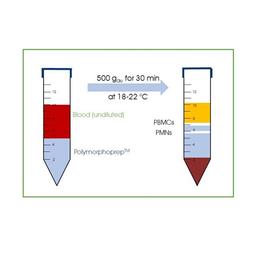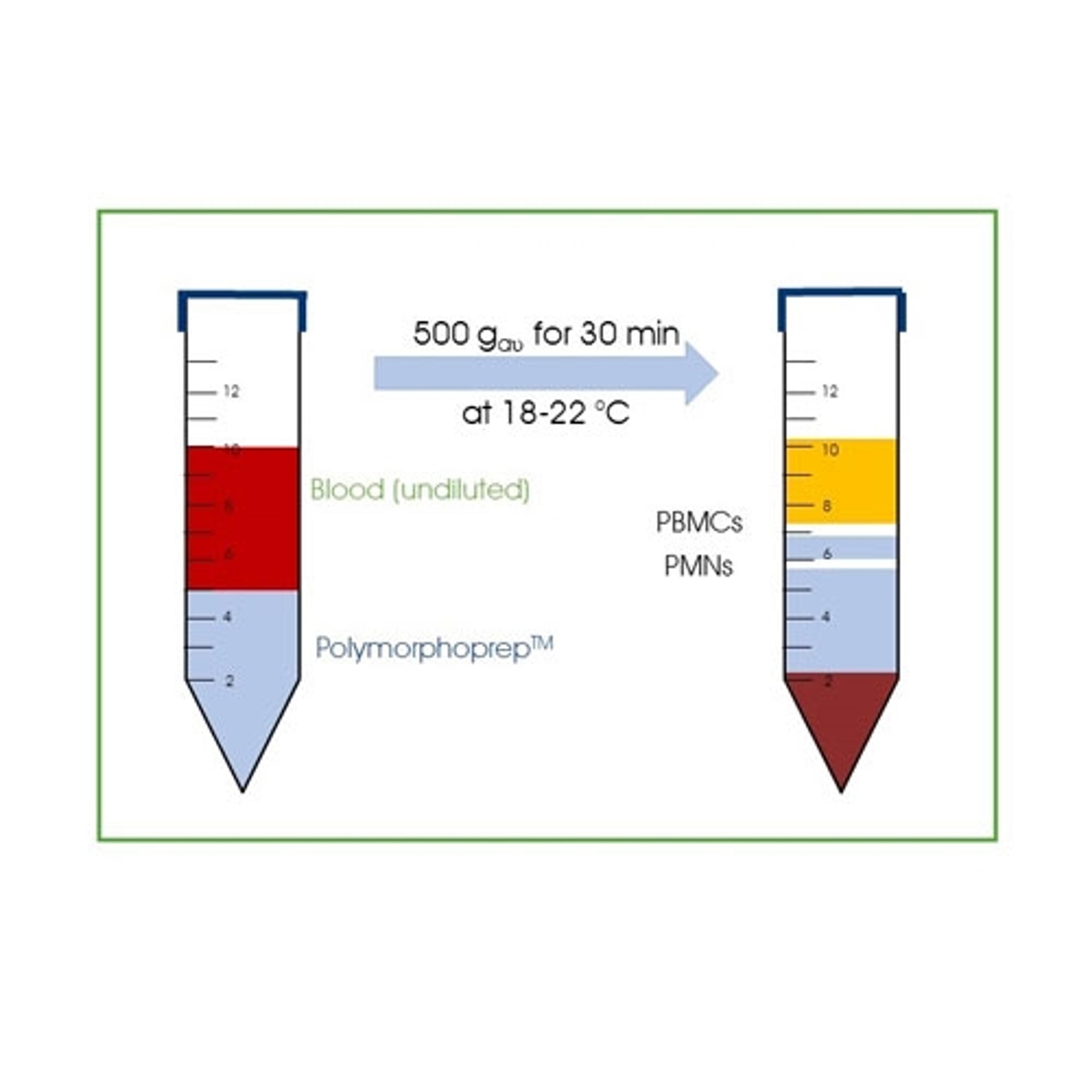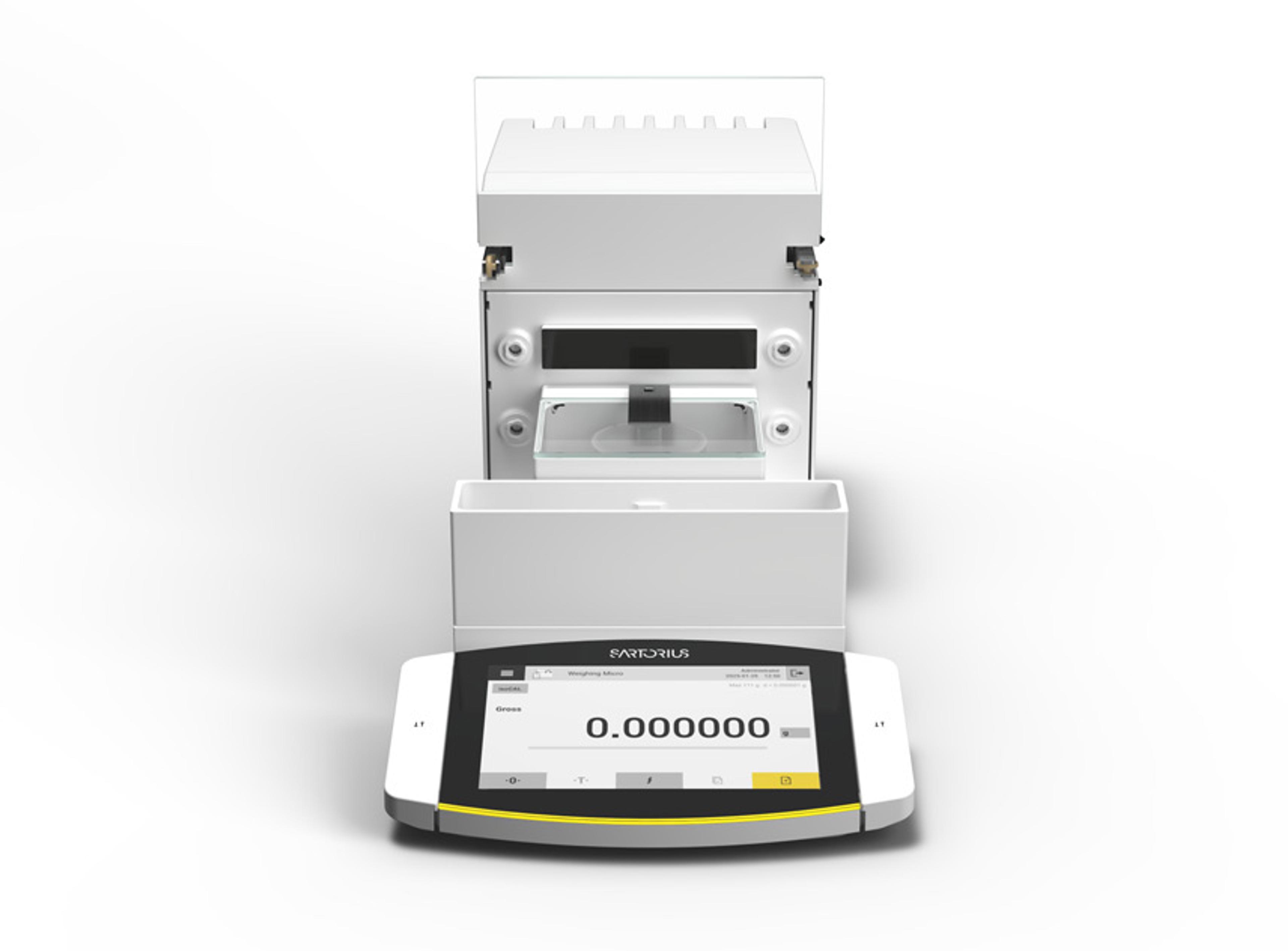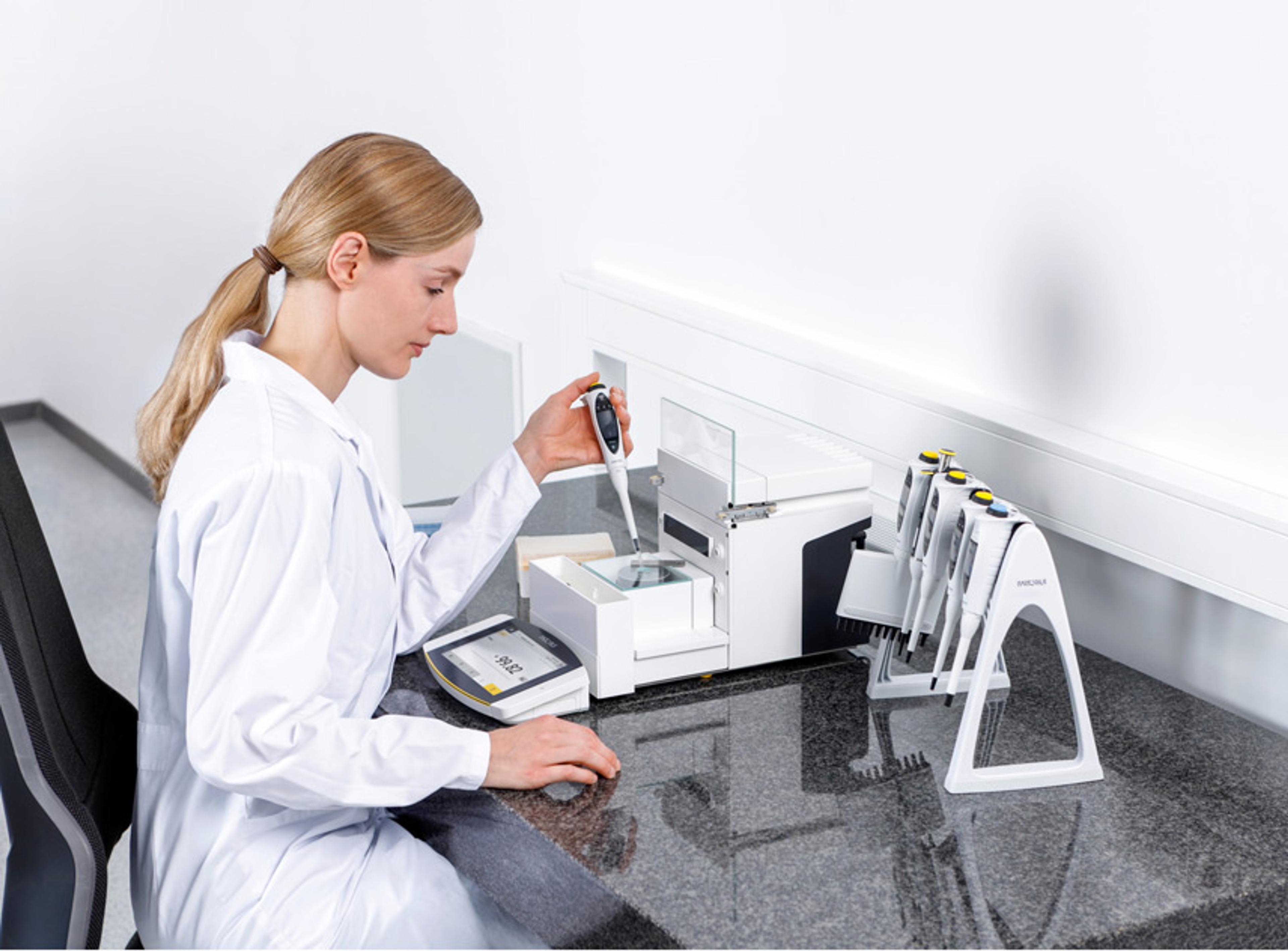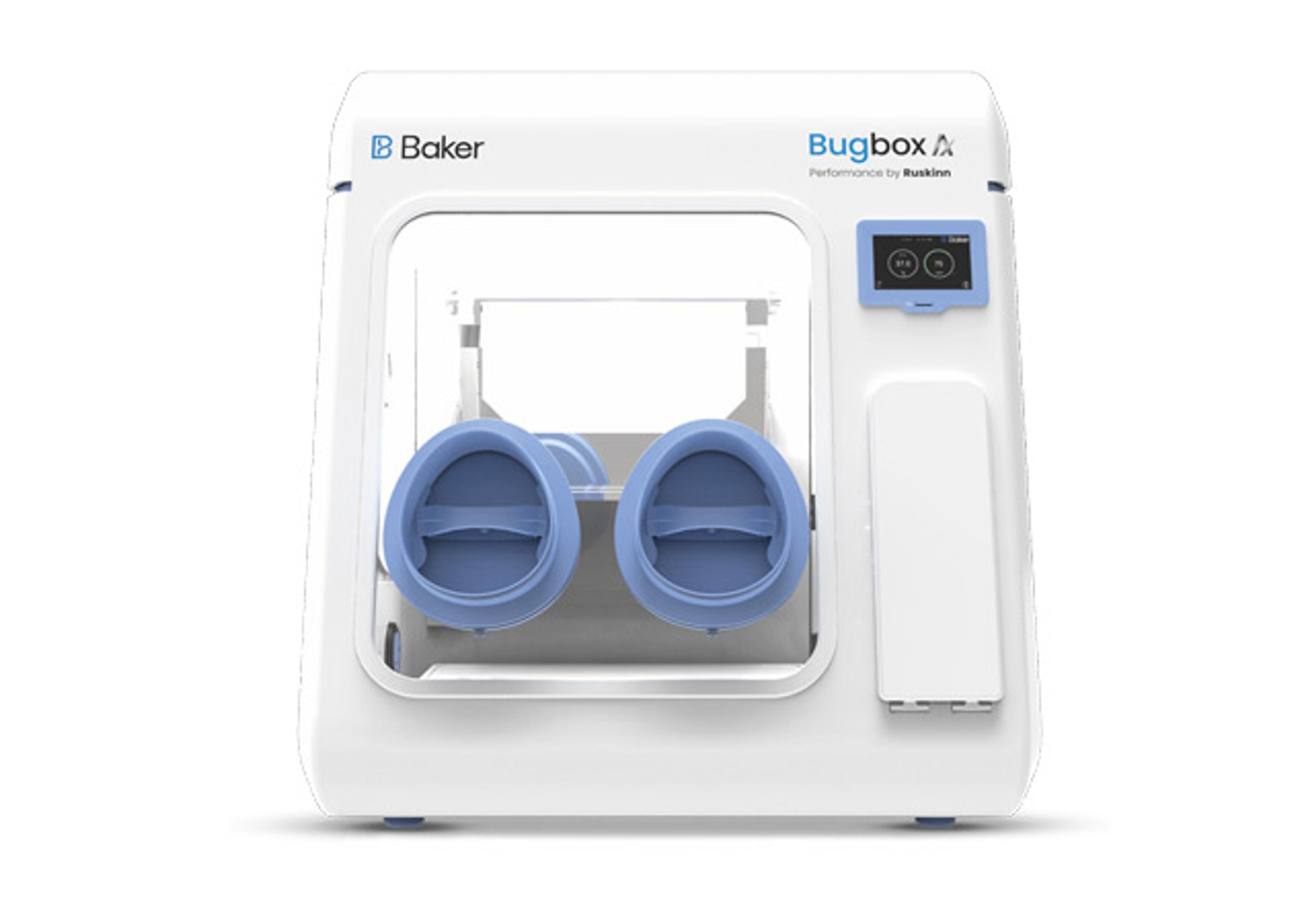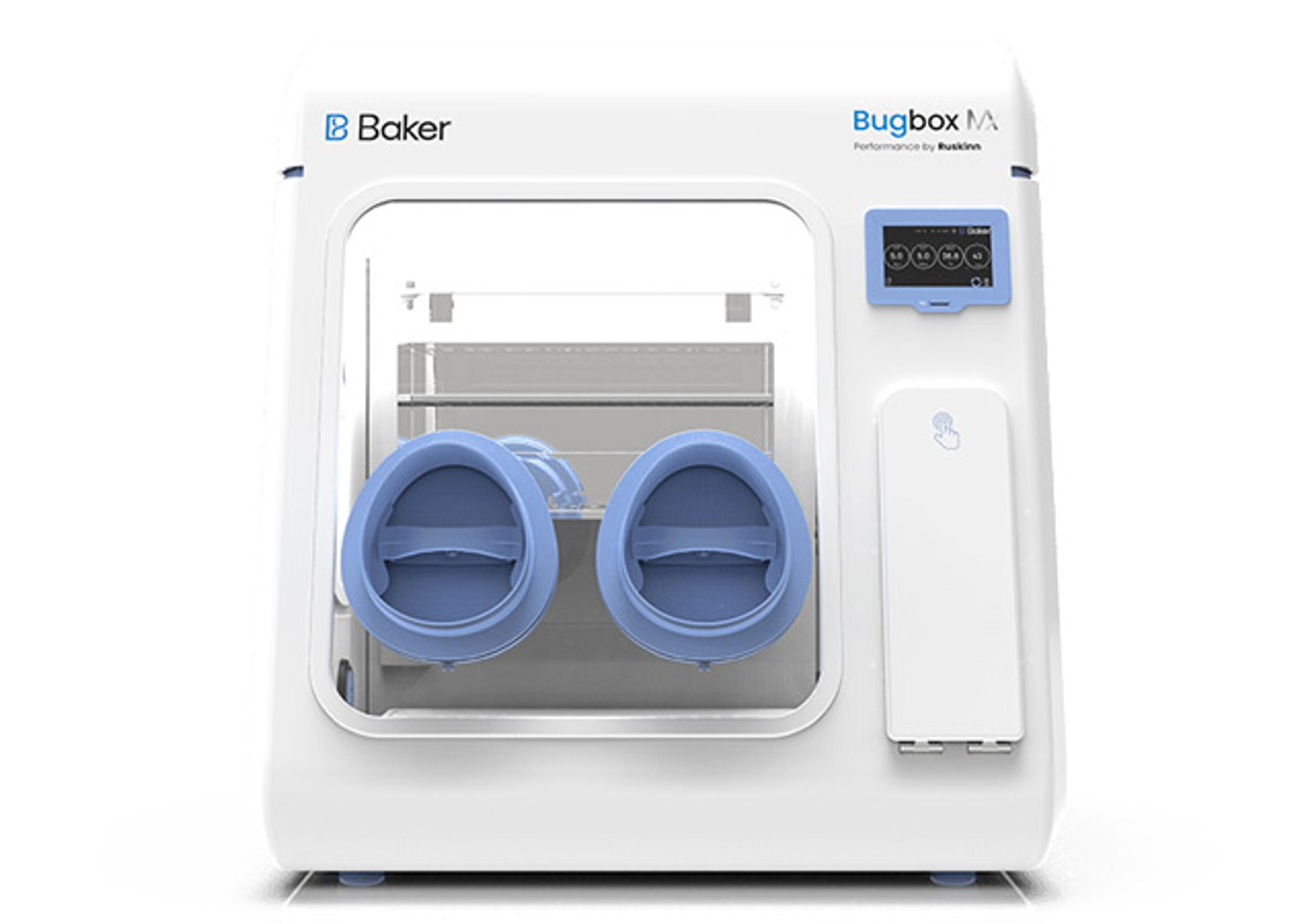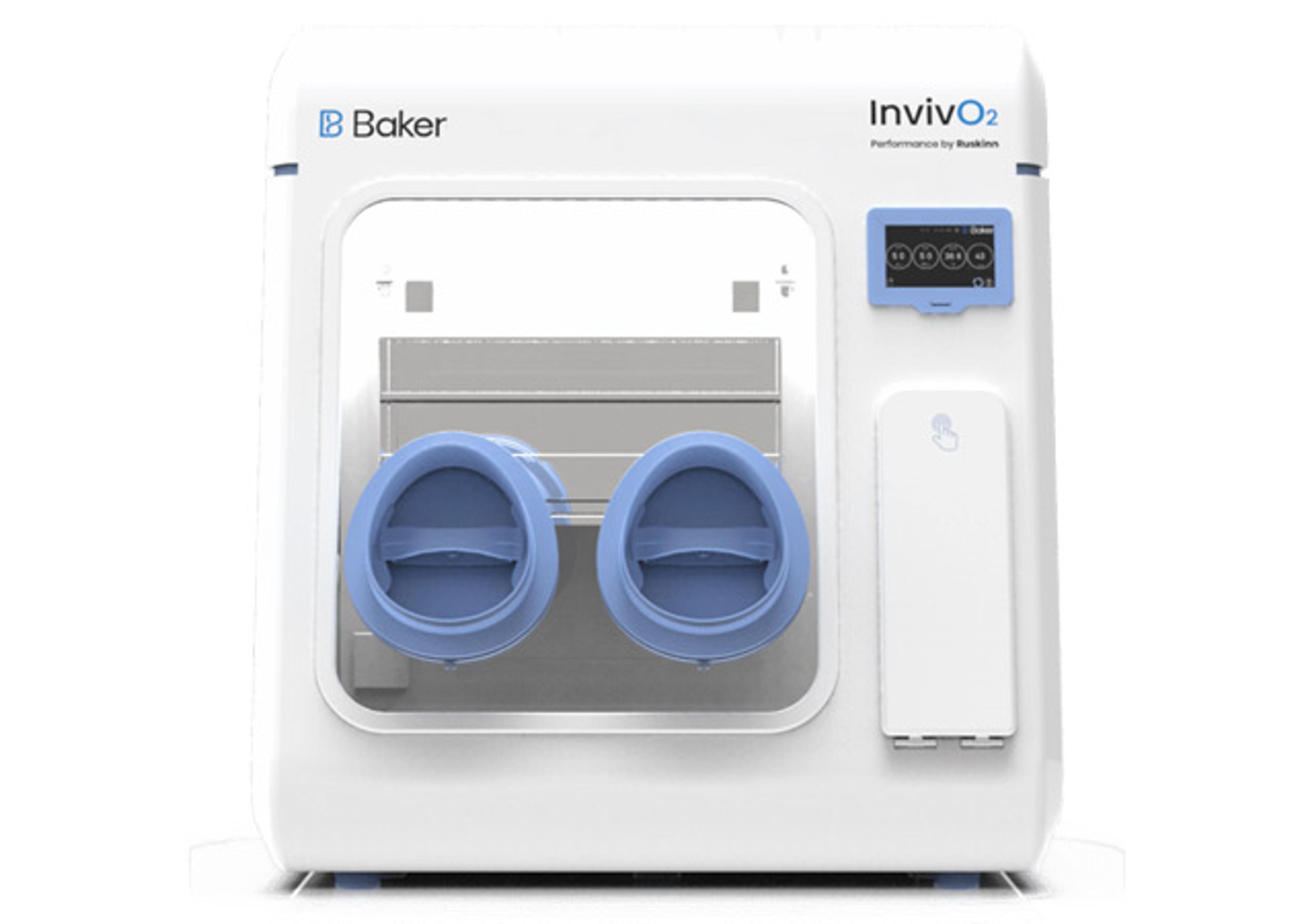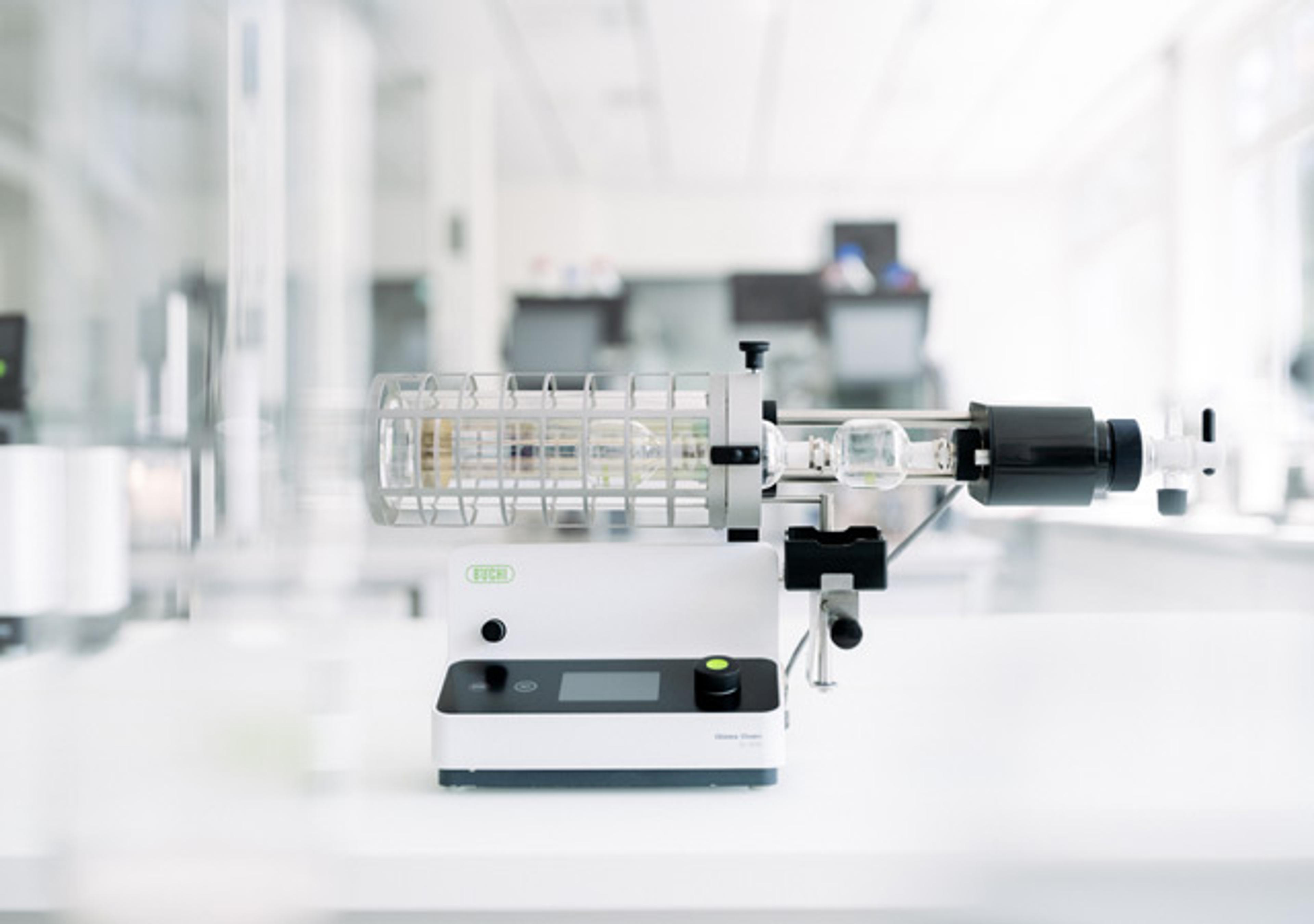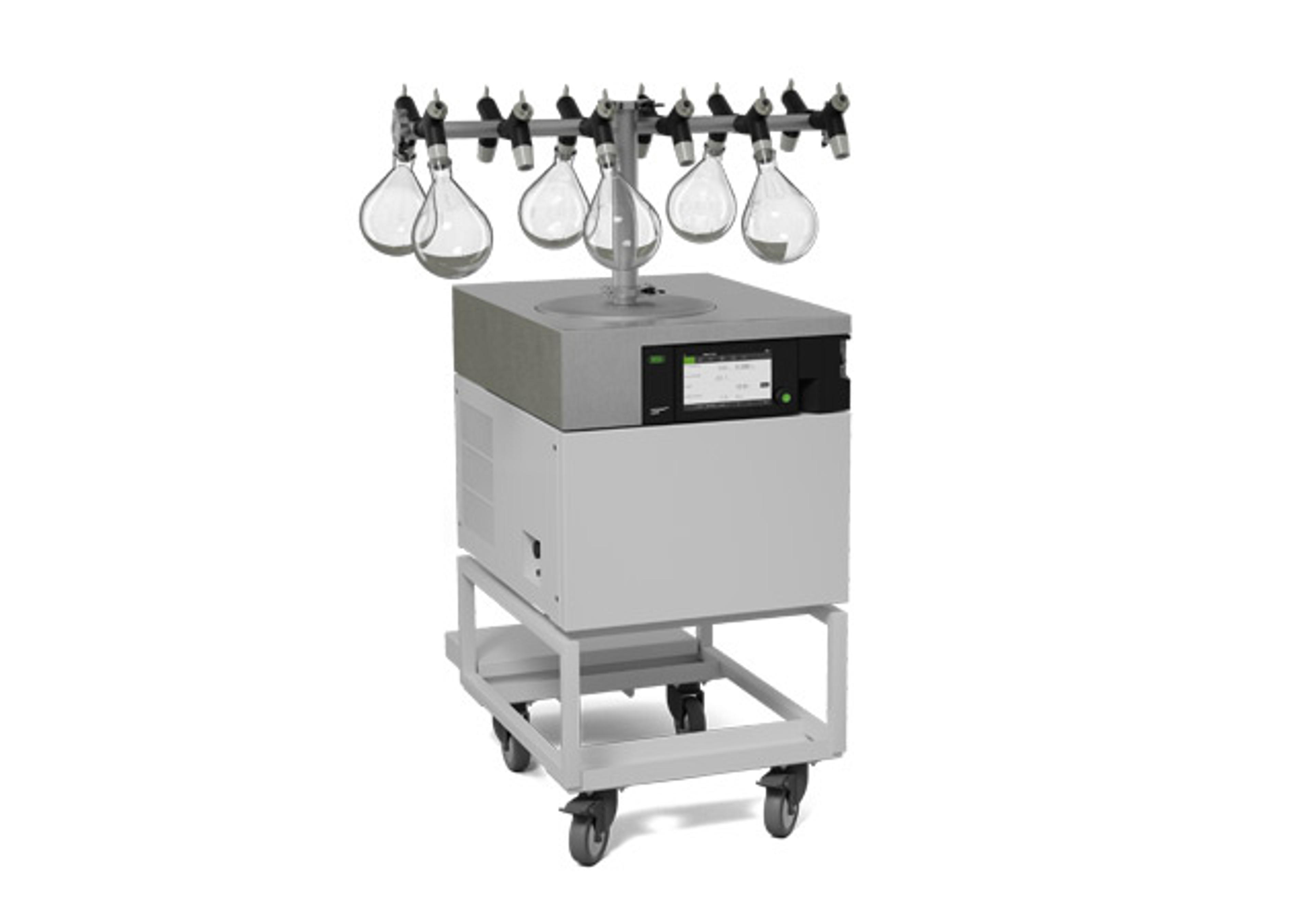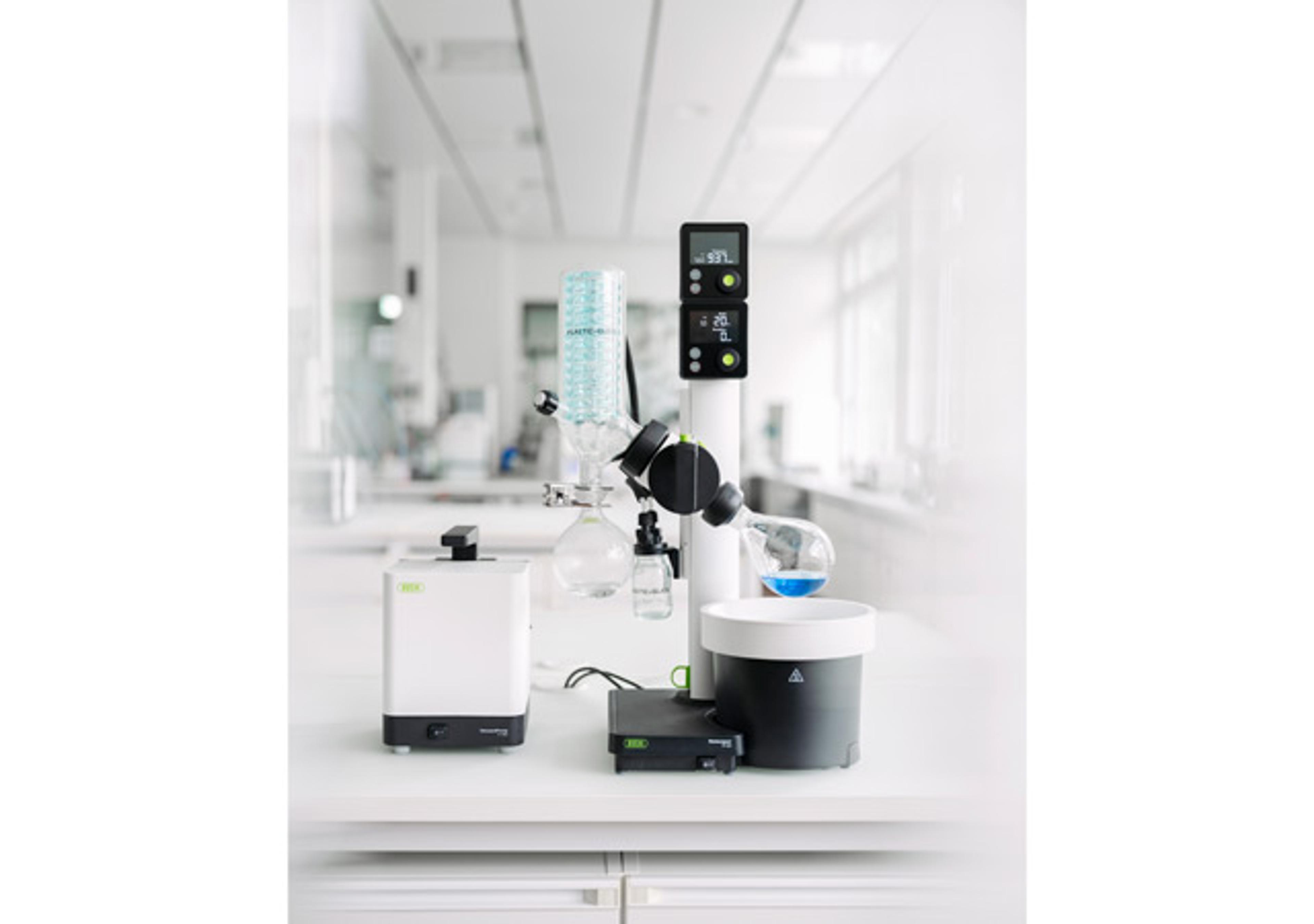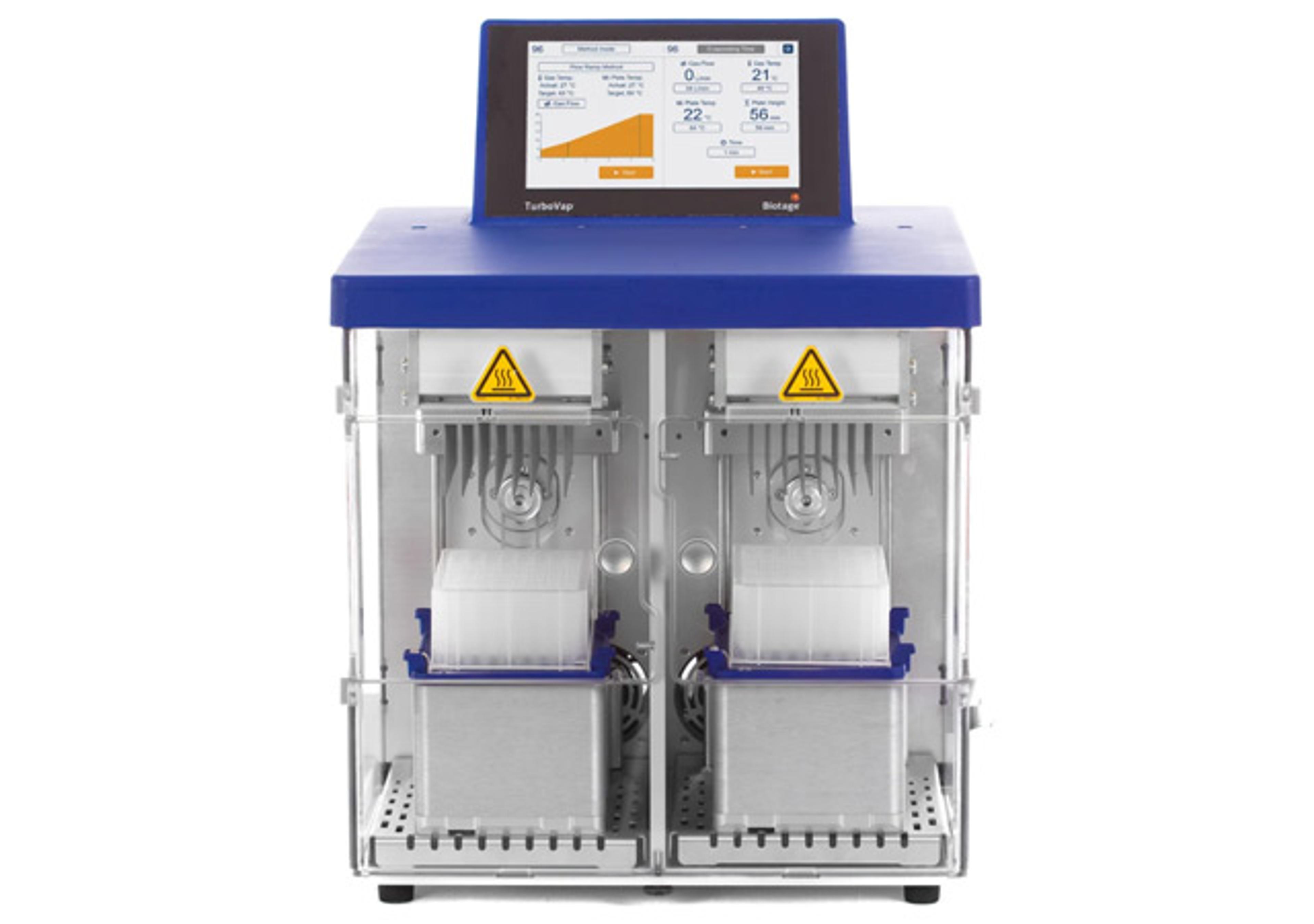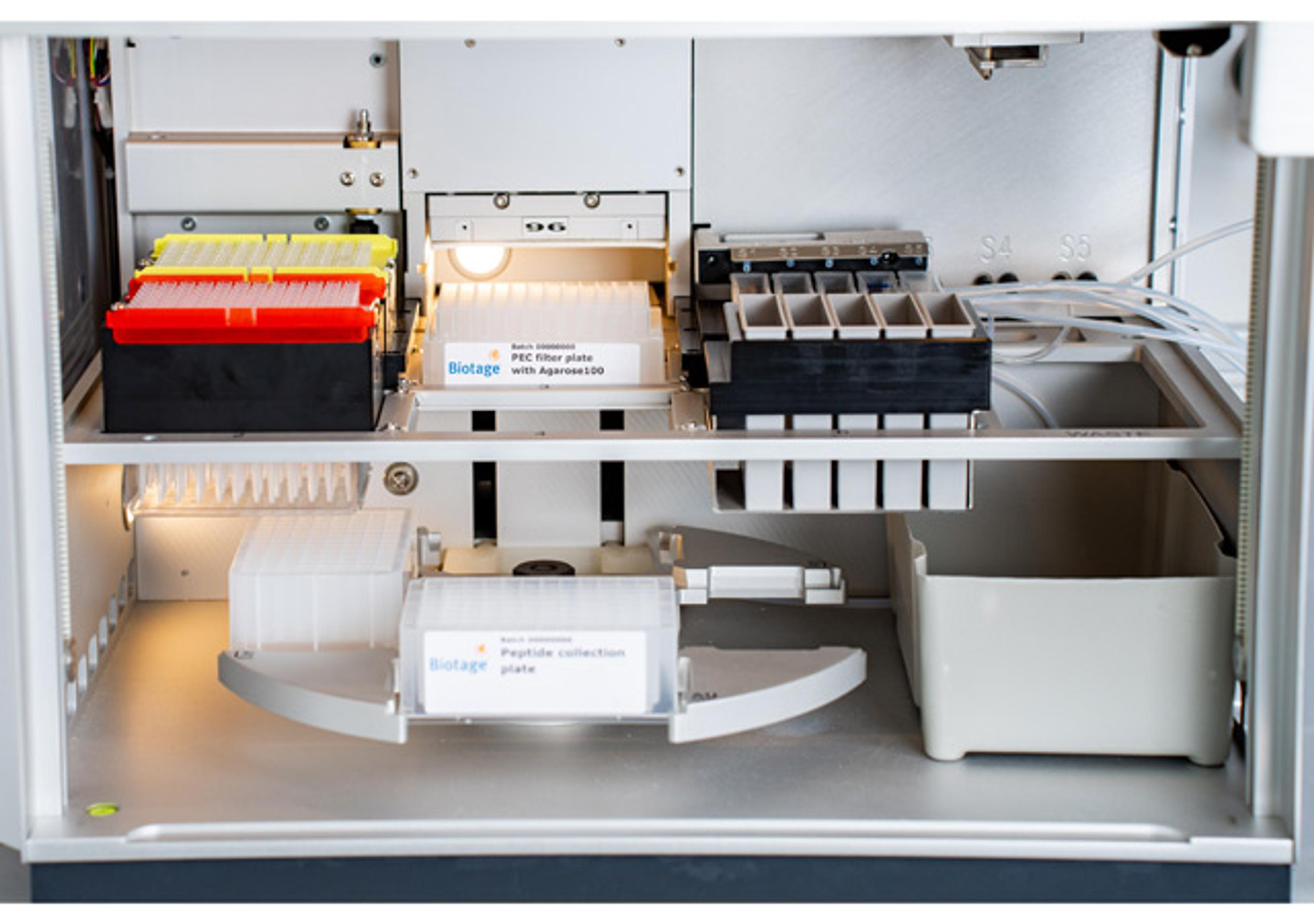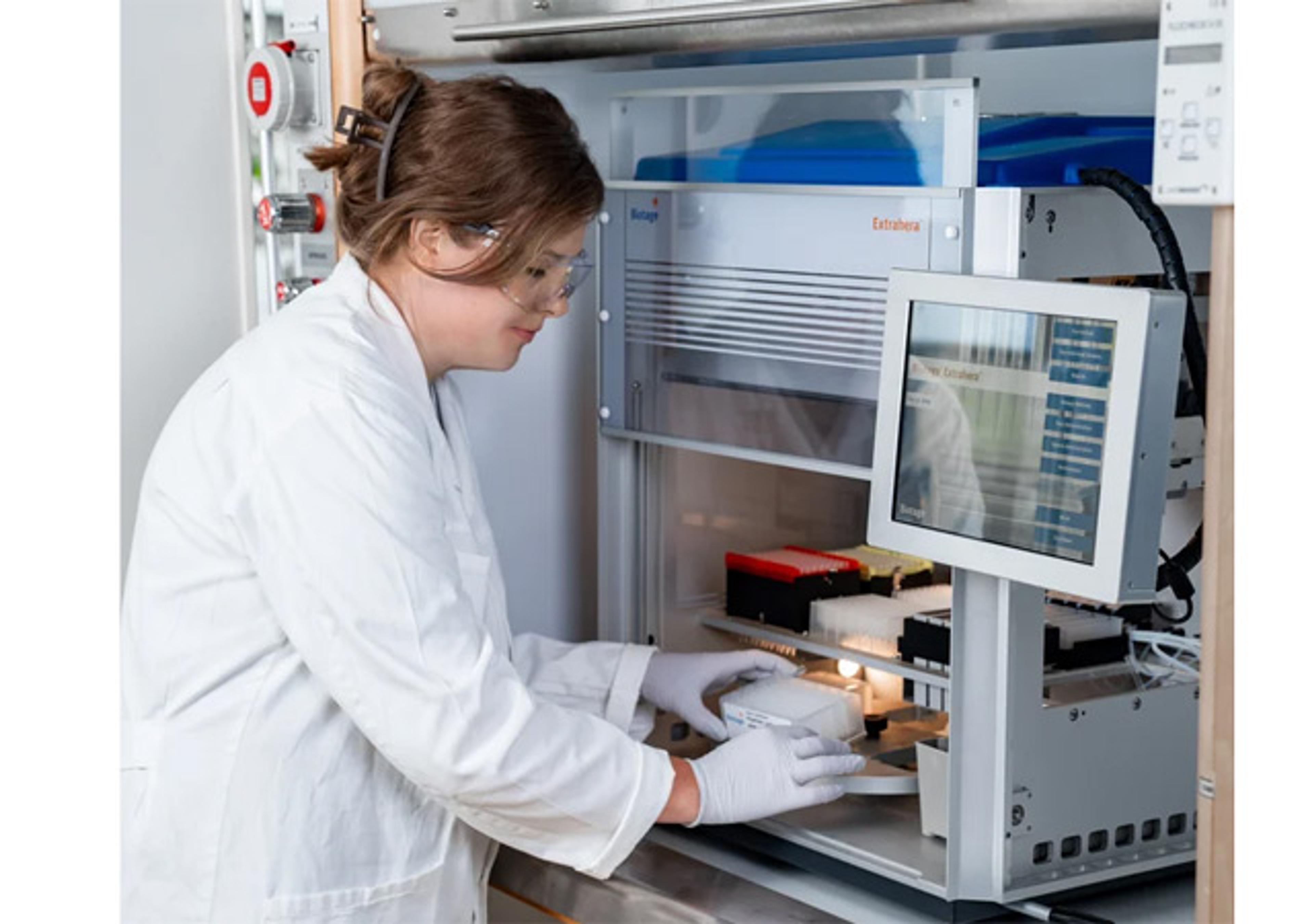PolymorphPrep™
Ready-made, sterile and endotoxin tested solution for the isolation of human polymorphonuclear leucocytes (granulocytes) from whole blood

The supplier does not provide quotations for this product through SelectScience. You can search for similar products in our Product Directory.
With the exception of the basophils, polymorphonuclear leukocytes (PMNs) have a much greater buoyant density than the mononuclear cells, >1.085 g/ml. Unfortunately, the buoyant density of the erythrocytes tends to be from 1.09 - 1.11 g/ml, this makes a separation from whole blood using a density barrier similar to that used for mononuclear cells more difficult. A number of procedures have been developed in an effort to overcome these difficulties.
The high osmolality of Polymorphprep™ causes erythrocytes to lose water and shrink, thus increasing their effective buoyant densities. This allows the dextran aggregated erythrocytes to sediment rapidly through the dense medium.
Because the osmotic gradient between the medium and the erythrocytes declines as the cells sediment further into the medium (ie the water loss from the erythrocytes is greatest at the top of the Polymorphprep™ and progressively decreases as they sediment further) - a gradient of diatrizoate forms within the density barrier. The PMNs band within this density gradient while the mononuclear cells remain at the sample/medium interface.
The method is effective only with whole undiluted blood not with a leukocyte-rich fraction. The temperature is important to obtain optimal results, as changes in temperature effect the density and viscosity of the Polymorphprep™solution. The temperature of the blood sample and the medium should be kept between 18-22ºC.
Analysis of the top and bottom bands from the Polymorphprep™ separation using a Coulter STKR Cell Analyser is shown in the figure on the right. The analyzer determines the number of cells in the sample (ordinate) as a function of cell volume (abscissa). Relative cell number is the number of cells of a particular volume expressed as a fraction of the total in each sample. The top band contains only lymphocytes (40-80 fl) and monocytes (80-130 fl); all of the PMNs (150-320 fl) are in the bottom band which has negligible contamination from mononuclear cells. Contamination of the PMN band by erythrocytes is between 2-6% of the total cell number.

